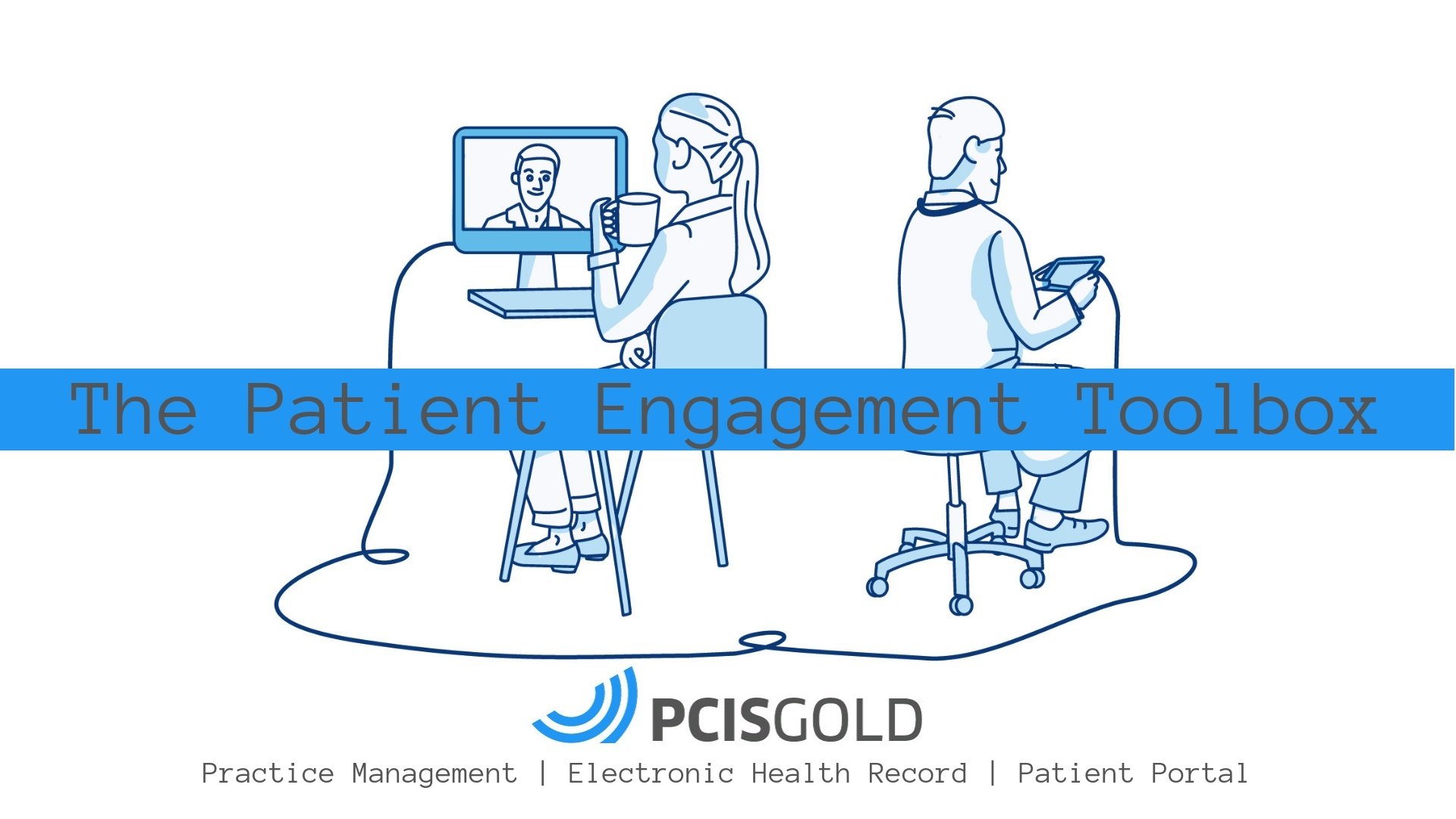While data collection itself is becoming more advanced, many offices and hospitals are unable to transfer data between physicians, resulting in patients repeating themselves and the same information being captured over and over again.
According to the CDC, there were nearly 1 billion physician office visits in the United States in 2015, with each person averaging 3 visits per year. At least 85% of people went to see a doctor at least once. Yet, in the best cases, less than half of physician offices in a state have the ability to share information with other providers (2). With such a need, increasing interoperability within a provider’s office and between offices is critical to improving patient care, reducing the burden on healthcare providers and administrators, and even has the potential to lower the cost of healthcare overall.
Patient medical history, family history, vital signs, known allergies, medications, ongoing symptoms, insurance plans, demographics . . . these are but a few of the pieces of information collected and required by doctors, nurses, and administrative staff to give patients the best healthcare treatment. As medicine and healthcare continue to evolve, medical practices should focus on becoming more interoperable amongst their staff and with staff in other offices in order to improve the patient experience, save time, and potentially lower the cost of healthcare.
Improved Patient Experience
One of the primary reasons to improve interoperability between and within practices is to improve the patient experience. To make the best diagnosis and treatment decisions, doctors and nurses should be collecting and compiling a host of information. If patients are required to relate this information to each new healthcare provider with whom they interact, they’re more likely to forget to mention critical aspects of their history or symptoms. At the very least, the time it takes to repeat all of this information multiple times is a waste of time for all involved and can frustrate patients.
360° View of Patient’s Health
A second reason to improve interoperability is to give physicians a better view of their patients’ health. Doctors and their staff have a lot of information to keep track of for old patients and new patients, patients they see every few weeks and patients they see every couple of years. This is hard enough, but when a patient changes provider or goes to see a new specialist, the new provider will be much more likely to have better decision making and diagnosis, appropriate prescriptions, and reduced errors if they have the patient’s history at their fingertips thanks to an interoperable practice.
Lower Healthcare Cost
An additional reason to increase the interoperability within a medical practice, institution, or healthcare system is to potentially lower the cost of healthcare. Patients can be healthier and more satisfied with their treatment when they’re not repeating themselves and sharing new information with their providers. Physicians can be more focused on diagnosis and true healthcare rather than information collection and data input. Additionally, having an interoperable system in a medical practice can also relieve some of the administrative burdens on the practice itself, further lowering costs. Physicians and staff can spend less time asking questions the patient has answered multiple times and focus more on diagnosis and treatment. This could potentially lead to shorter visits with greater impact on patient health.
Interoperability is changing the healthcare landscape. If all medical practices can properly implement it within their clinics, there will be a positive movement in healthcare. Not only can patient’s have a better experience, but can also benefit with overall better health and lower healthcare cost.



